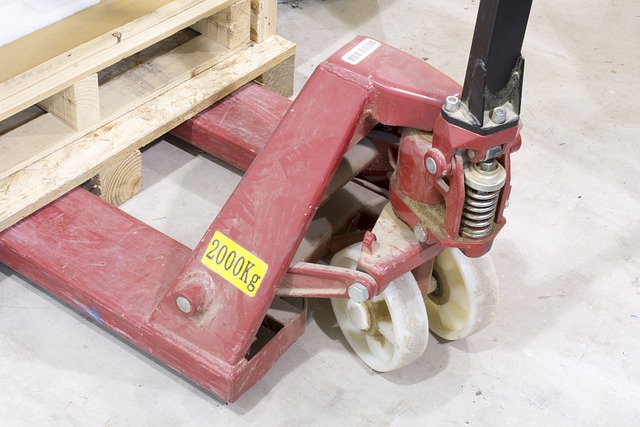Share This Article:

Walmart Night-stocker Can’t Show Chest Pain Came from Moving 2,000-lb Pallet
16 Jul, 2023 Chris Parker

Chandler, AZ (WorkersCompensation.com) – Employers should put forth solid medical evidence and their best arguments supporting that evidence during a workers’ compensation hearing.
As a case involving a Walmart night stocker shows, if there are competing medical opinions during the hearing, a court is unlikely to reverse a hearing officer’s decision about which opinion holds water.
In Calovich v. Industrial Comm’n of Arizona, No. 1 CA-IC 22-0050 (Ariz. Ct. App. 07/06/23, unpublished), the stocker was using a manual pallet-jack at 3 a.m. one morning to move a pallet of frozen food weighing about 2,000 pounds. He said he didn’t feel any pain at the time. But later, when he lay down at home the next afternoon, he had a sharp pain in his chest.
The stocker sought workers’ compensation benefits, believing that moving the pallet caused his injury because he hadn’t done any other heavy lifting before he started feeling chest pain.
Both the insurance carrier and an ALJ denied the claim.
On appeal, the court observed that to establish eligibility for workers' compensation, an employee must show that:
--> He was injured in an accident that occurred in the course of his employment;
--> The injury was caused in whole, or in part by a necessary risk or danger of his employment; and
--> The accident caused the injury.
The court noted that there were two medical opinions in the case:
(1) That of the physician’s assistant who treated the stocker for heart disease when the stocker had open heart surgery; and
(2) That of an independent medical examiner.
The P.A testified that during the heart surgery, doctors opened the stocker’s sternum and closed it back up with sternotomy wires. The P.A. believed that moving the pallet fractured one of the wires or aggravated an existing fracture. When cross-examined, however, he acknowledged that if someone fractured a wire, they would generally feel pain as soon as the injury occurred, not hours later.
The court noted that the ALJ relied on the independent medical examiner’s opinion. That doctor also noted that if the stocker was injured moving the pallet, he would have felt pain right away, not twelve hours later. He also said CT scans showed no sign of a wire fracture. The doctor also suggested other possible causes for the pain, such as residual pain from surgery. The doctor concluded there was no causal connection between the stocker’s work activities and injury.
The appeals court pointed out that the trier of fact (in this case, the ALJ) must determine which medical evidence is correct when there are competing medical opinions. The stocker claimed the ALJ erred by crediting the independent examiner. But the ALJ had power to make that determination, the court stated, as long as there was reasonable evidence supporting his decision.
“The ALJ heard conflicting testimony on the cause of [the stocker’s] injury and resolved this conflict by crediting [the independent examiner’s] opinion that moving the pallet could not have caused [the] injury,” the court wrote.
Because there was reasonable evidence to support that conclusion, the court dismissed the case.
AI california case management case management focus claims compensability compliance courts covid do you know the rule emotions exclusive remedy florida FMLA fraud glossary check Healthcare health care hr homeroom insurance insurers iowa leadership medical NCCI new jersey new york ohio osha pennsylvania roadmap Safety state info technology texas violence WDYT what do you think women's history women's history month workcompcollege workers' comp 101 workers' recovery Workplace Safety Workplace Violence
Read Also
- Apr 25, 2025
- Liz Carey
- Apr 24, 2025
- Frank Ferreri
About The Author
About The Author
- Chris Parker
More by This Author
Read More
- Apr 25, 2025
- Liz Carey
- Apr 24, 2025
- Frank Ferreri
- Apr 24, 2025
- Liz Carey
- Apr 24, 2025
- Claire Muselman
- Apr 24, 2025
- Chris Parker




